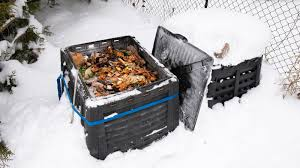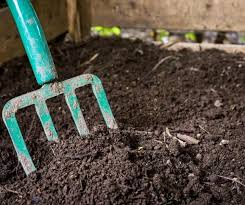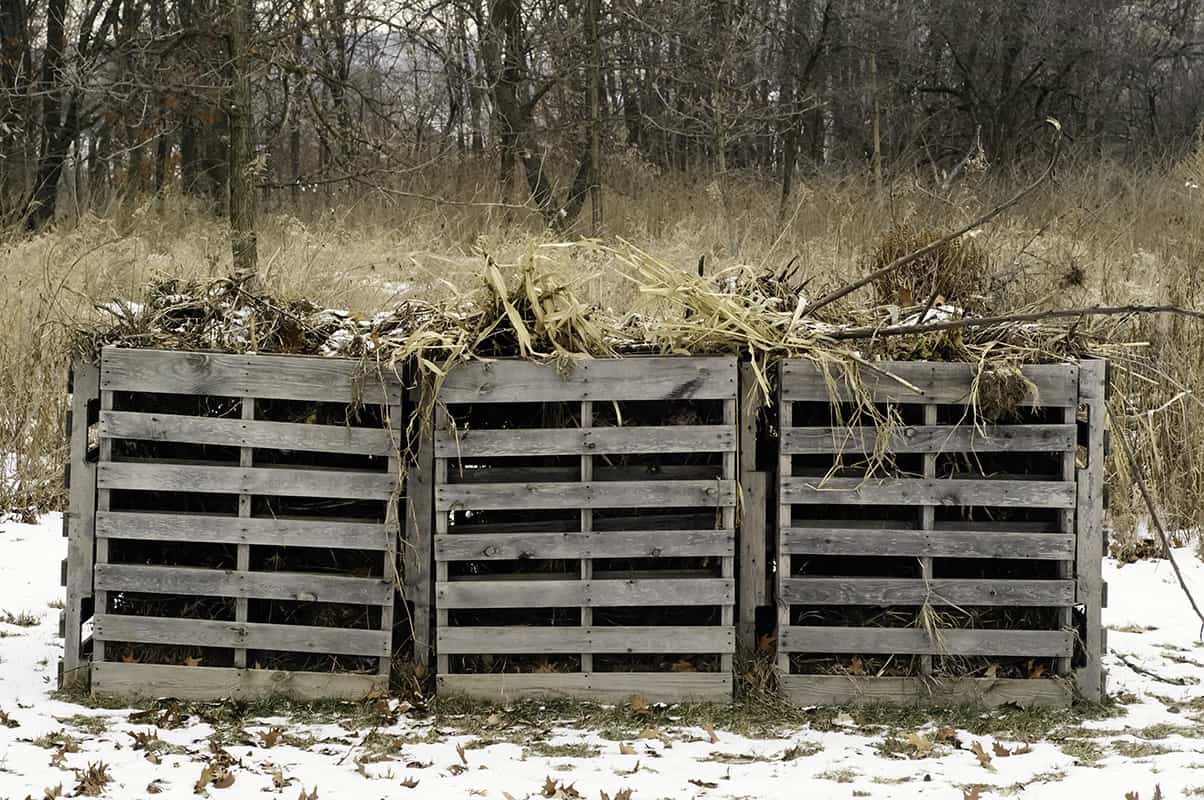As autumn sets in and temperatures drop, gardeners often find themselves with a bounty of fresh compost ready for storage. After a busy growing season, compost piles tend to be at their peak in the fall, rich with decomposed plant materials, kitchen scraps, and organic waste. While some compost is used immediately—such as to mulch garden beds or plant garlic—storing compost through the winter offers several benefits that will pay off in the months ahead.
Why Store Compost?
Storing compost in winter is a practical and efficient way to manage your organic matter. When stored properly, compost can continue to cure and improve throughout the cold months. In late winter, when seed-starting season arrives, having a batch of crumbly, cured compost ready to use is a huge advantage—no need to wait for a frozen heap to thaw.
Storing compost also frees up space in your compost bins to start new piles or collect additional organic waste like autumn leaves. You can set aside the material from the top of the compost pile, which is less decomposed, and mix it into a new pile for ongoing processing.
Benefits of Winter Compost Storage
- Improved Microbial Activity: Protecting compost from rain and snow during the winter allows beneficial microbes to continue working, albeit at a slower pace. The colder months provide a stable environment for fungi and bacteria to thrive, leading to the final stages of decomposition. This extra curing time results in high-quality, loose, and spongy humus.
- Natural Breakdown: Moving compost into storage can help break up clumps, especially if the compost is moist. Freezing and thawing cycles throughout the winter naturally help break down larger chunks, improving the texture and quality of the compost.

Best Containers for Storing Compost
Several container options are suitable for compost storage, depending on the size and location available.
- Garbage Cans: A common and easy choice is to use a simple garbage can with holes drilled for airflow. This setup provides both protection from the elements and aeration. If you paint the can black, the compost will benefit from increased warmth on sunny days, helping the microbes continue their work. Adding bungee cords to secure the lid also allows for easy aeration by rolling the can on its side.
- Plastic Pots and Buckets: For smaller amounts of compost, plastic pots and buckets are ideal. These containers are durable and can expand as the compost freezes, preventing cracks. I often use a variety of empty plastic containers, such as flower pots, stacked in a sheltered, dry area. These can be easily forgotten until you need compost.
- Plastic Storage Bins: If you’re saving high-quality compost for future potting mixes, plastic storage bins are an excellent option. Store them in a cool, non-freezing area like a basement. Make sure there’s some airflow by poking holes in the lid or leaving it slightly open. Fabric bags, such as reusable shopping bags, are also useful for storing compost, but they should be placed on a surface that won’t rot, like concrete, to avoid moisture damage.
A Word on Aging Compost
One expert gardener I know stored his finished compost in loosely covered plastic pails in his crawl space, allowing it to age for six months. This extra time allowed beneficial microbes to further stabilize the compost, resulting in a richer, more refined product. Research shows that microbes continue to evolve in compost well after the initial breakdown, further enhancing its quality.

Conclusion
Storing compost over the winter is an effective strategy for enhancing the composting process and ensuring you have high-quality material ready when spring arrives. By using containers that offer airflow and protection from rain and snow, you can improve the texture of your compost and encourage beneficial microbial activity. With the right storage practices, you’ll be ready to jump into gardening with fresh, crumbly compost when the season begins.
